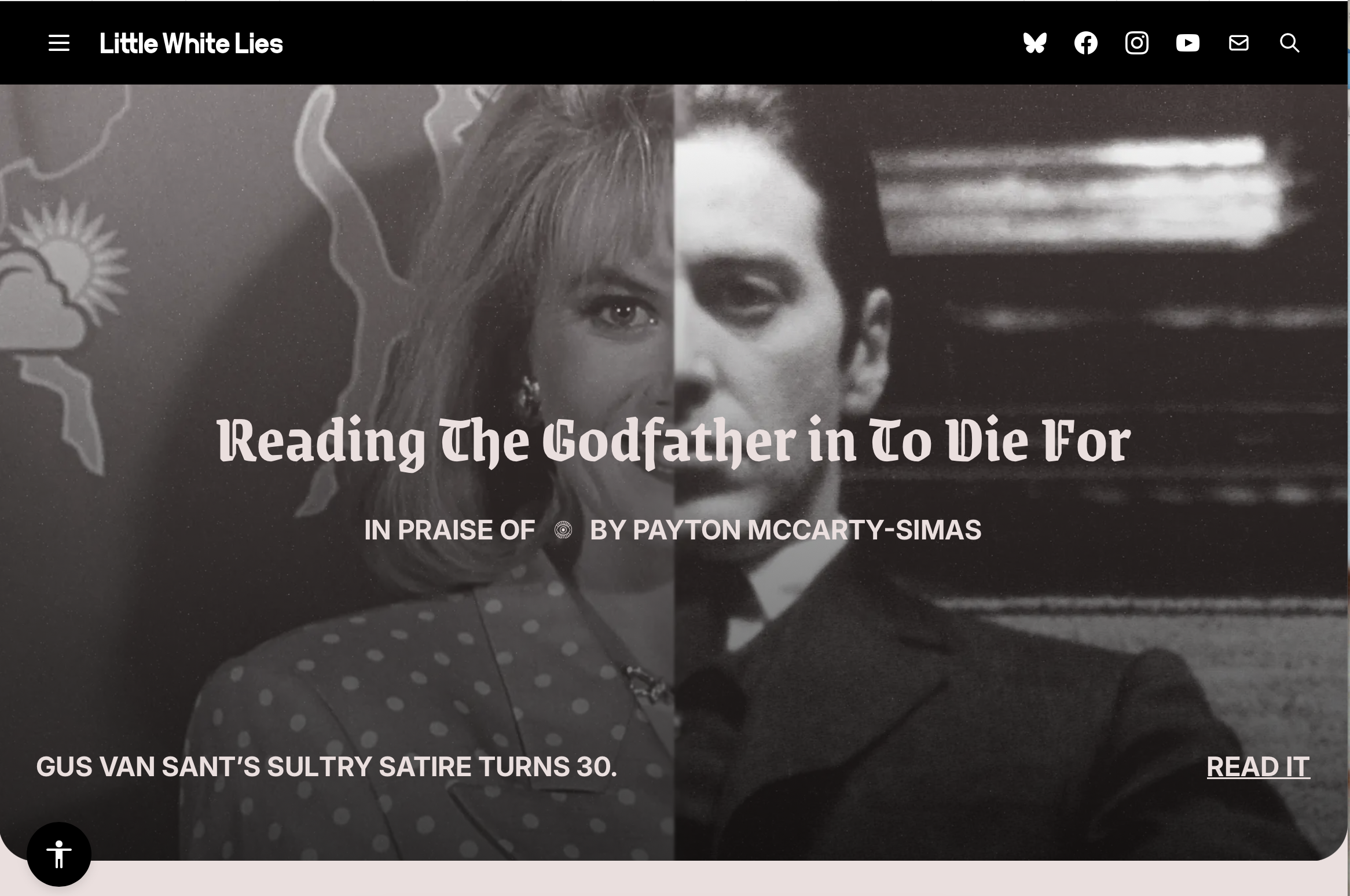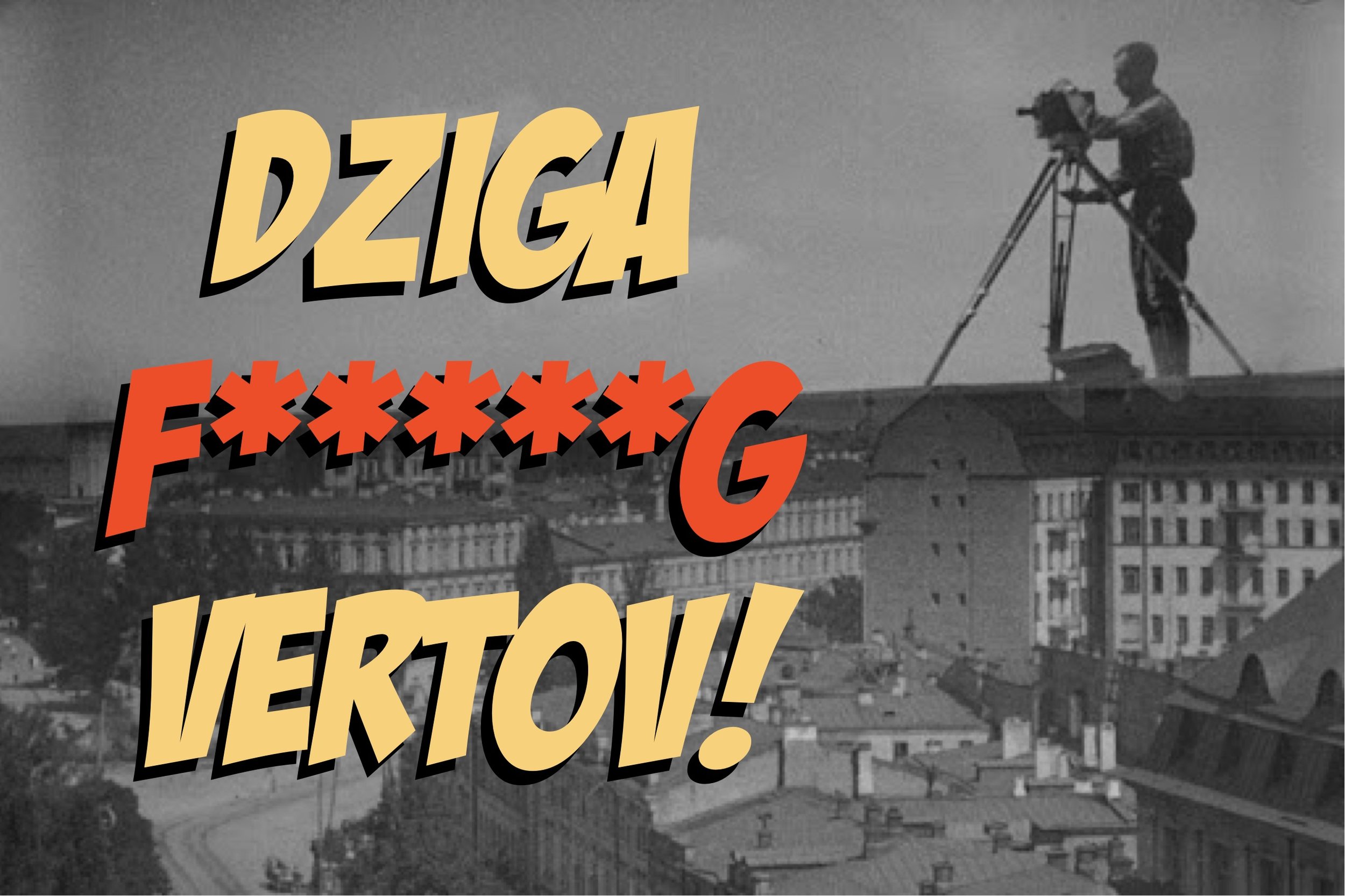Payton
McCarty-Simas
Payton is an author, programmer, film critic, and video artist with a focus on horror and genre film. Their writing has been featured in The Hollywood Reporter, Film Daze, and The Brooklyn Rail among others, as well as spotlighted in The New York Times, CNN, and RogerEbert.com. Her short films and screenplays have been featured in several film festivals as well as shown at the Hammer Museum in Los Angeles. She is also the author of two books of nonfiction and film criticism, One Step Short of Crazy: National Treasure and the Landscape of American Conspiracy Culture (2024) and That Very Witch: Fear, Feminism, and the American Witch Film (2025). Payton holds a Masters in Film and Media Studies from Columbia University and is a member of the Online Association of Female Film Critics and GALECA.
pmccartysimas@gmail.com
Writer, Programmer, & Video Editor
That Very Witch explores the cyclical rise and fall of the cinematic witch in American culture and her relationship to feminist movements over time.
Through historical analysis and dozens of case studies, Payton McCarty-Simas demonstrates how the cinematic witch’s evolution across decades reflects major shifts in how feminism is perceived politically and interpreted (counter)culturally in America. From Mia Farrow to the Moral Majority, from the Satanic Panic to Riot Grrrl, from #MeToo to the 2024 election, the witch can be found at the heart of the zeitgeist.What can we learn from her presence?
“Always holding true to its impassioned feminist mission and sharp sense of humor, That Very Witch is required reading for horror fans, feminists, witch connoisseurs, and really, all devotees of countercultural cinema and history.”
-Johanna Isaacson, Author of Stepford Daughters: Weapons for Feminists in Contemporary Horror
“Fascinating, engrossing and feminist as hell.”
-Meg Hafdahl, author of The Science of Witchcraft
“This is a nonfiction that crackles with urgency. McCarty-Simas blends rigor with rhythm, balancing intellect and intimacy, grounding deep research in a voice that feels alive and immediate. They know their history, but more importantly, they know how to make it bleed into the present. It’s scholarship with teeth…and it bites down…hard.”
-Mo Moshaty, NightTide Magazine
In this extended essay, film critic Payton McCarty-Simas explores the surprisingly tangled relationship between the thriving ecosystem of American conspiracy theory online and the National Treasure franchise. Beginning with a critical analysis of the films’ own dense narrative relationships to several famous conspiracy theories, McCarty-Simas then turns to the way the films have themselves become a part of the framework for a range of conspiracies online, on the History Channel, and in our culture more broadly. This investigation is a trip down the rabbit hole, from QAnon forums, to millenarian podcasts, to “9/11 Truth” Twitter, to New Age YouTube channels, to, of course, stealing the Declaration of Independence and storming the Capitol.
In this context, then, National Treasure becomes a part of the same set of conspiracies it references in its plot. Understanding the different ways Americans talk about National Treasure, it seems, can help clarify how Americans understand our own homegrown brand of conspiratorial thinking, from its most ironic to its most dangerous.
“Only Payton McCarty-Simas could turn the Disney kitsch of National Treasure into a portal for such a shrewd, witty, and wide-ranging analysis of both the dangers and pleasures of American conspiracy culture. ”
—Nico Baumbach, film studies, Columbia University













































